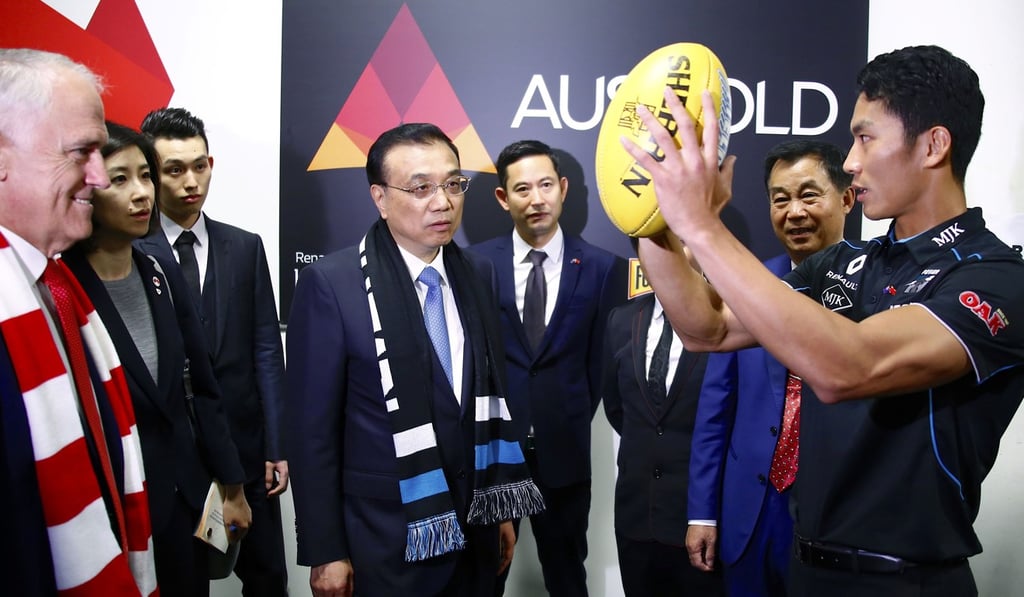Australia first: what new visa policy means for Chinese, Asian immigrants
In a bid to placate the right, Malcolm Turnbull may have complicated the situation for foreign workers

In a budget unveiled last week, the Australian government of Malcolm Turnbull put “Australians first” by cutting the 457 visa for foreign workers and bringing in tougher English testing for immigrants.
Turnbull had said in April: “We will no longer allow 457 visas to be passports to jobs that could and should go to Australians. We’re putting jobs first, and we’re putting Australians first.”
But what will this mean for a country with growing roots and trade in Asia?
Dan Engles, managing director of Visa Solutions in Perth, Western Australia, said: “For the impact on China and Asia more generally, past the English language requirements it does send a message that we are increasing the barriers to the movement of people and especially if you don’t look and speak as we do here in Australia.”

The 457 visa was introduced during John Howard’s premiership, and designed to let skilled migrants in, to fill positions locals could not. Those using a such visas make up only 1 per cent of the workforce.